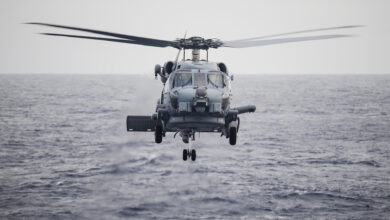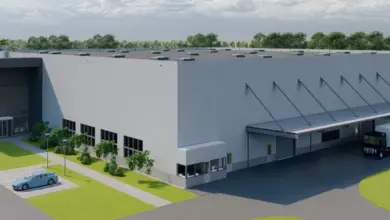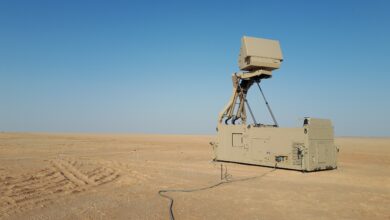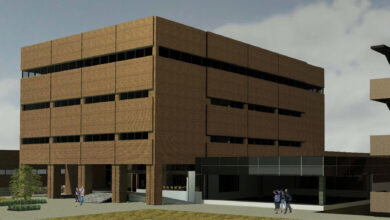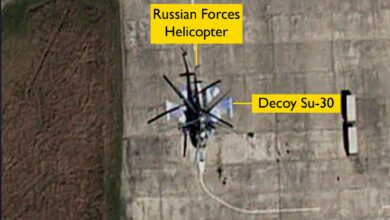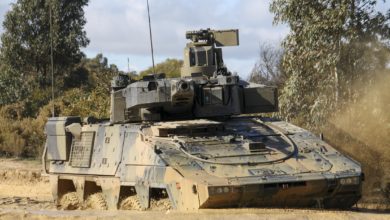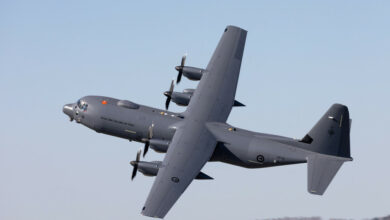Indra Delivers Deployable Air Traffic Solutions to Royal Australian Air Force
The Royal Australian Air Force has accepted three defense deployable air traffic management and control systems (DDATMCS) from Indra to improve its international airspace management and deployment.
The solutions enable guidance over en-route air traffic and support rapid deployment of aerial vehicles in many domains.
Alongside tactical operations, the platforms can assist in disaster relief and humanitarian aid operations.
The DDATMCS comprises Indra’s Lanza deployable 3D medium-range surveillance radar and a mobile area control center.
The center is integrated with the company’s air automation system that retains traffic control according to Eurocontrol and International Civil Aviation Organization standards.
Furthermore, the DDATMCS surveillance capabilities are equipped with Indra’s monopulse secondary surveillance radar.
The component has identification friend-or-foe technology, automatic dependent surveillance broadcast signal reception, and a treatment system supporting early detection of threats and interoperating targets.

‘Critical Milestone’
Two of the DDATMCS require dual operators and will be employed for short-duration Royal Australian Air Force deployments.
Up to six operators will operate the third platform to support more significant and more permanent deployments.
“This system will replace Air Force’s previous capability and will provide increased flexibility and deployment options, providing important upgrades in deployed airspace and airfield management,” Indra Australia Managing Director Tehmur Khan Galindo stated.
“The achievement of this critical milestone demonstrates Indra’s commitment to the Australian market and to providing mission critical systems to Australia, through an ongoing partnership between Indra and the ADF (Australian Defence Force).”
“We will now leverage this experience in support of future programs, with the aim of becoming a strategic partner for the modernization and digitization of the Armed Forces.”




